Isles apart
Earth’s islands have developed their own idiosyncratic personalities based on the raw materials they have available. Imogen Lepere trains her microscope on the most diverse
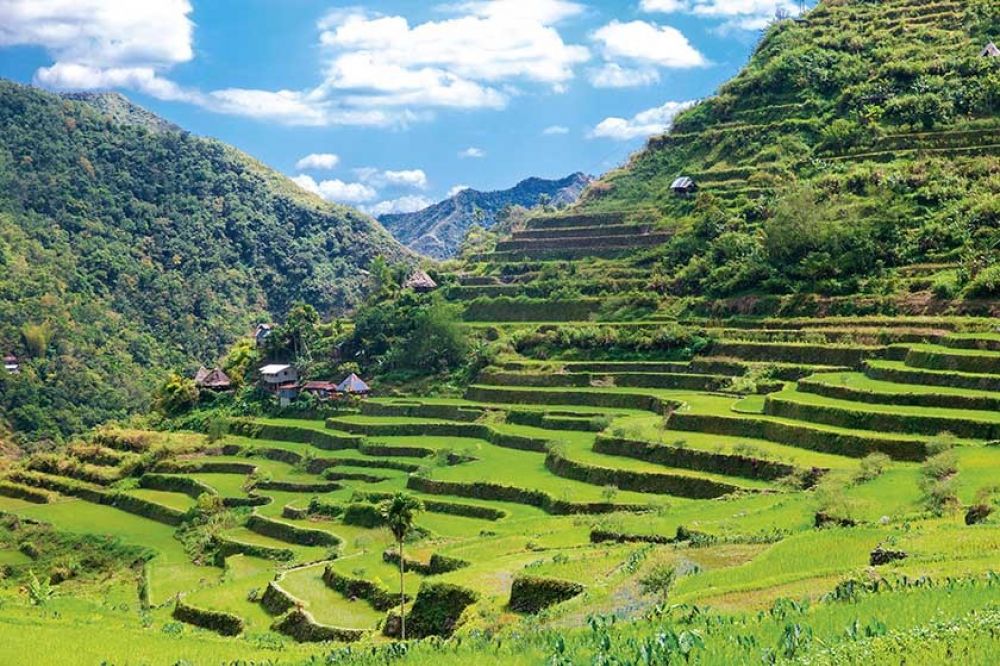
Earth’s islands have developed their own idiosyncratic personalities based on the raw materials they have available. Imogen Lepere trains her microscope on the most diverse
Although it is a mere 64km north of Fiji’s mainland Viti Levu, Vanua Levu feels like another world. The second largest island in the archipelago, it is called Fiji’s forgotten frontier thanks to its rolling rainforests and virgin stretches of sand. The occasional dirt track leads to traditional villages, while Labasa, the capital, can be strolled in a matter of minutes.
This town provides a valuable insight into the island’s past. Strains of Hindi music from sari shops and excellent curry houses serve the Indian population, who first arrived in the 1870s to work on British sugarcane plantations. Nowadays, sugar is the cornerstone of Vanua Levu’s economy. Trip n Tour 00 679 885 31 54 arranges excellent guides to show you around today’s copra, coconut and sugar plantations, while recently, pearl cultivation has been introduced, so grab your snorkel and head to J Hunter Pearls for a swimming tour. fijipearls.com
Savusavu is the centre of the island and is situated on a sheltered bay that is often full of yachts. Walk along the beach and you’ll notice a steaming stream flowing towards the sea. The hot springs a little way inland can reach 80C and locals still use them for cooking. Taro leaves are boiled in bags, while red snapper seasoned with ginger, garlic and lime is often wrapped in foil, banana leaves and a blanket, then steamed. The island’s soil is very fertile and there are a huge range of ingredients to choose from: tiny sugar bananas, watermelons, wild spinach, tomatoes, vanilla and capsicums to name a few indigenous delights.
Another great Fijian tradition is the lovo, a feast cooked entirely underground. Chicken wrapped in leaves is arranged over hot stones having been topped with dalo (the potato-like root of the taro plant) and wild yams before being covered with more earth so the food steams in its own flavoursome juices. The island is no slouch on the National Parks front, either.
On land, Wasali Nature Reserve is home to rare orchids and colourful mushrooms, while the Rainbow Reef off Vanua Levu’s south shore is one of the world’s best snorkelling sites. The Somosomo Strait is a bewitching stretch of soft corals, which gently open and close as they absorb nutrients from the warm current. To the north, the Great Sea Reef, the world’s third-largest coral reef system covering 200,000sq km, is a diver’s dream. Amazingly, it is 99 per cent unexplored, so you’re guaranteed to have it to yourself as you swim. Stay at Palmlea Farms almleafarms.com an organic farm and eco resort on the island’s lush north shore, where local dive instructor Leone Vokai will help you brush up on your skills before introducing you to this magical underwater kingdom.
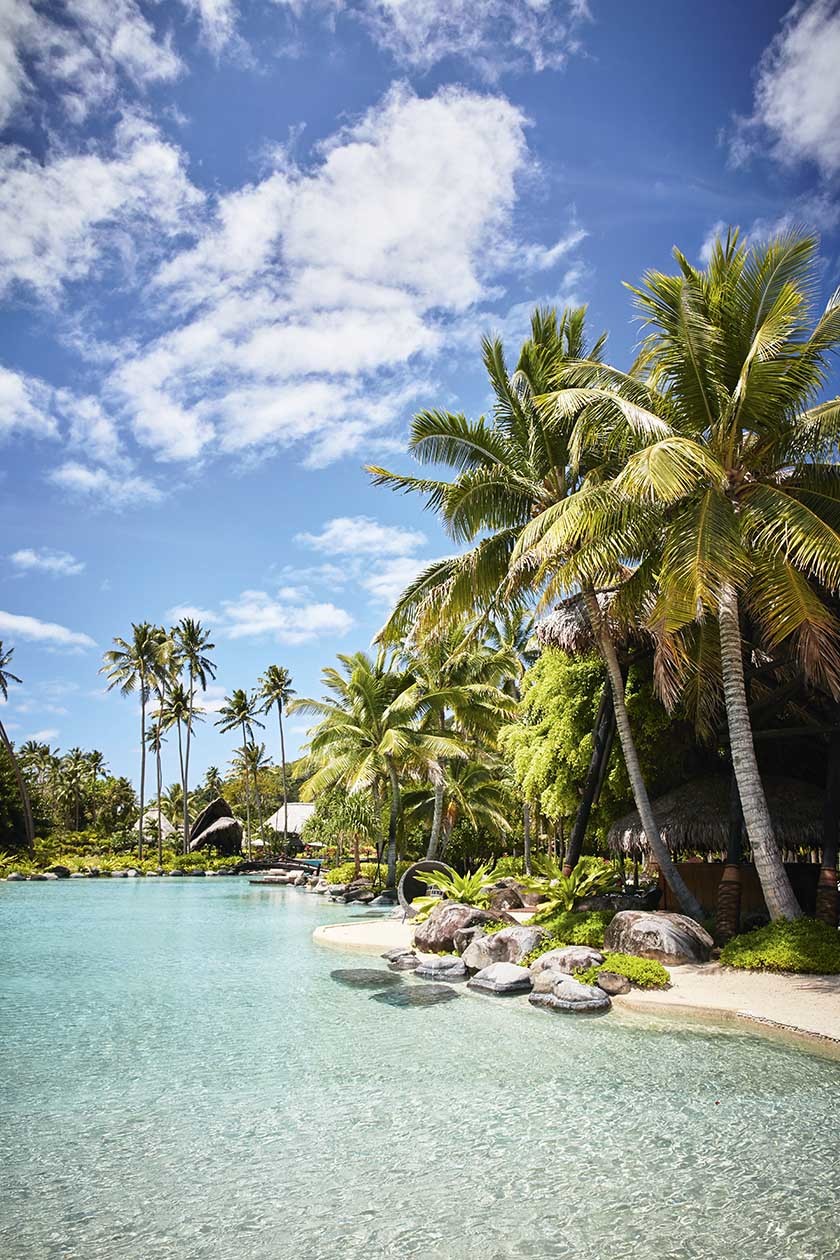
Where to eat
Nadina Authentic Fijian Restaurant, Port Denarau, serves a delicious and
authentic version of the lovo. 00 679 675 02 90
Labasa Restaurant, Labasa, dishes up flavoursome Indo-Fijian curries that always draw a crowd of locals. 00 679 881 43 51
Where to stay
Nukubati Private Island, Labasa, is a luxury resort on a private island very
near the Great Sea Reef. Doubles from £710. nukubati.com
Naveria Heights Lodge, Savusavu, is a wellness lodge with a treetop pool and lovely sea views. Doubles from £101. naveriaheightsfiji.com
How to get there
Cathay Pacific has flights from London Heathrow to Nadi, Viti Levu via Hong Kong from £1,088 return. Fiji Airways flies on to Savusavu from Nadi from £173 return. cathaypacific.com fijiairways.com
One of the four Greater Sunda Islands, Sulawesi sprawls in the Celebes Sea in between Brunei and Papua New Guinea. Its four peninsulas curl out from its spiny heartland like the tentacles of the luminous bobtail squid, which
glow in the water off its northern shore. Each has a different feel.
South Sulawesi boasts rolling plains and rice paddies, where
a largely Muslim population work the lush land. Despite the fact
it is a warren of soaring mountains and volcanoes that still belch
sulphur ominously into the humid air, the North Peninsula has
historically been squabbled over the most by Europeans because
it is the home of the island’s iron industry. Central Sulawesi
is covered by tropical forests and fringed by white sand beaches,
while south-east Sulawesi is a tropical wonderland of cascading waterfalls, such as Maromo, and crystalline waters.
Originally ruled by pirate princes, Makassar is now famous throughout Indonesia for its seafood. It is located near some of the deepest oceans in the Indonesian archipelago, and local fishermen bring back hauls of milkfish and crabs. Rice and bananas are the primary crops and they provide the backbone of most meals. Rice often appears in savoury cooking in the form of congee (porridge), but you’ll also see it in dange, a cake made of red rice and sugar from the aren palm. Cooked in clay moulds over an open fire and left to steam on a banana leaf, it has a smoky crust and pleasingly chewy centre.
Hire a guide from any of the hotels in Rantepao and explore the Tana Torajan Highlands, where the Toraja tribe practice a culture that revolves around death. Loved ones are mummified and kept in their house for months (sleeping in their usual bed; being served food) before being sent into the next life in a huge funeral procession that may see the sacrifice of up to 24 buffalo. Tourists are welcomed to the party with open arms. Expect to try chicken or pork the traditional way: cooked in a bamboo tube.
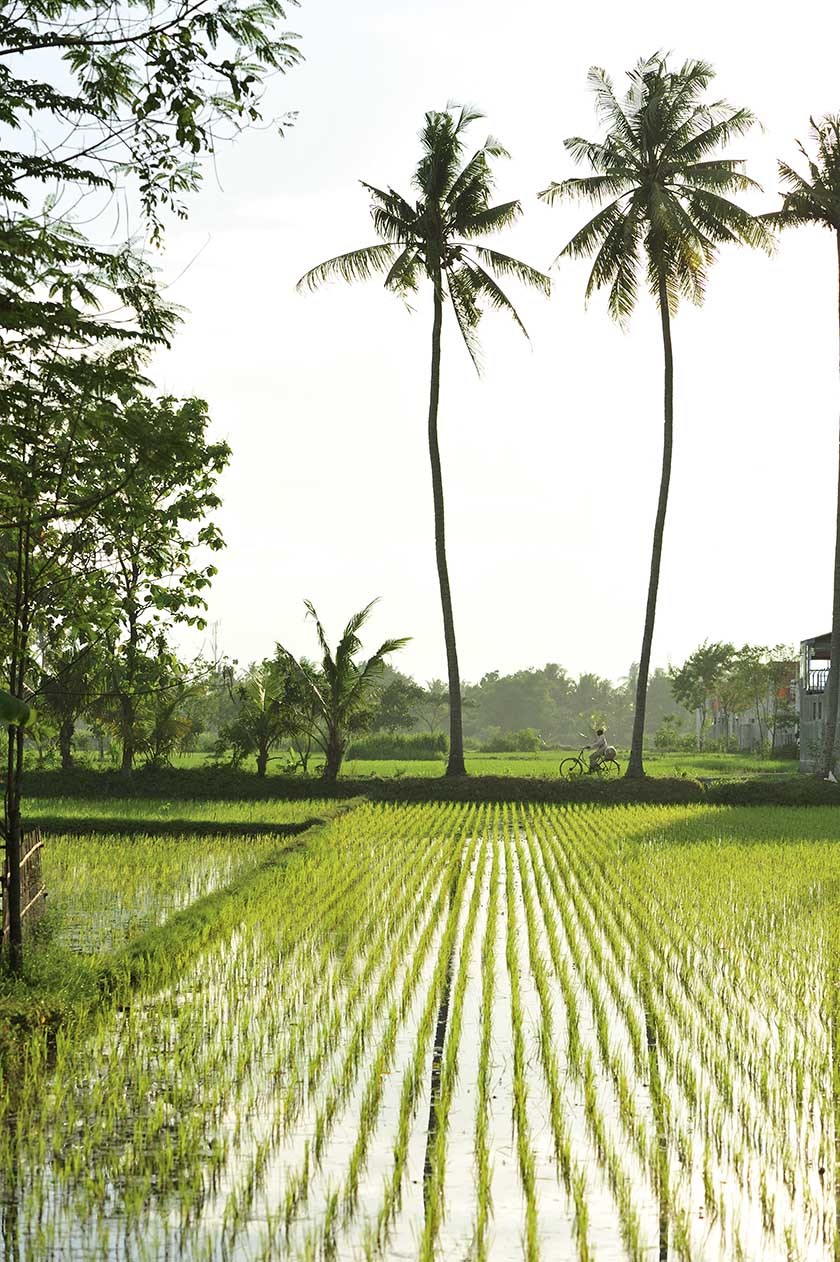
Where to eat
Lae Lae, Makassar, is a local’s joint with communal tables that serves
excellent seafood cooked over a barbecue. 00 62 411 334 326
Where to stay
Dabirahe Dive, Spa and Leisure Resort, Bitung, has its own dive centre and
offers tours of the Minahasa Highland. Doubles from £99. dabirahe.com
Luta Resort Toraja, Rantepao, is a luxurious option perched high in the mountains of North Toraja. Doubles from £40. torajalutaresort.com
How to get there
Singapore Airlines has flights from London Heathrow to Manado, Sulawesi via Singapore from £554 return. singaporeair.com
The most southern island in the Caribbean, Aruba's 70sq kilometres are fringed by white sand beaches and forget-me-not blue lagoons where flamingos wade. Hike to the top of the Hooiberg hill on a clear day and you’ll see Venezuela’s Paraguaná Peninsula on the horizon.
Ironically the dazzling weather and glorious beaches that now tempt travellers to this island are the very things that once kept them away. Aruba basks in more days of sunshine per year than anywhere else in the Caribbean and the arid landscape can’t nourish cotton or sugar. Unlike most other Caribbean islands, African slaves were never introduced in significant numbers and the island’s Arawak legacy remains strong to this day. Visit the Ayo Rock Formations to spot ancient petroglyphs, and listen out for Arawak words such as watapana (divi-divi tree) when locals chat in their indigenous Papiamento tongue. Escape the sun by exploring the Quadiriki Caves, which were considered sacred.
Still a territory of the Netherlands, the capital, Oranjestad consists of pretty Dutch houses painted sorbet colours. Wander down Caya GF Betico Croes, the main shopping street, spotting the local restaurants as you go. Look out for red snapper and mahi-mahi, both local specialities, and taste the Dutch history in dishes such as keshi yena. Chicken with cashew nuts and hot chillies may sounds classically Caribbean, but it is baked under a layer of Gouda cheese. If your appetite for seafood isn’t sated, charter the Driftwood I and try your hand at deep-sea fishing. Owner Herby Merryweather runs an elegant restaurant called Driftwood driftwoodaruba.com where you can feast on your catch grilled the traditional way, over open flames and served with fresh papaya salsa. Agave plants flourish in the heat, so be sure to try Coecoei, the red liquor that is made from the sap.
The west coast is the one you’ll recognise from postcards. Eagle Beach’s milk white sand extends for miles and is a popular spot for nesting sea turtles, while ‘flamingo beach’ can be found at the Renaissance Aruba Private Island resort arubaprivateisland.com. The east coast has a decidedly wilder feel. Drive to Daimari Beach then walk south 3.5m to the Conchi (natural pool). Breakers crashing on to limestone cliffs have created a secretive swimming pool that has fabulous snorkellin.
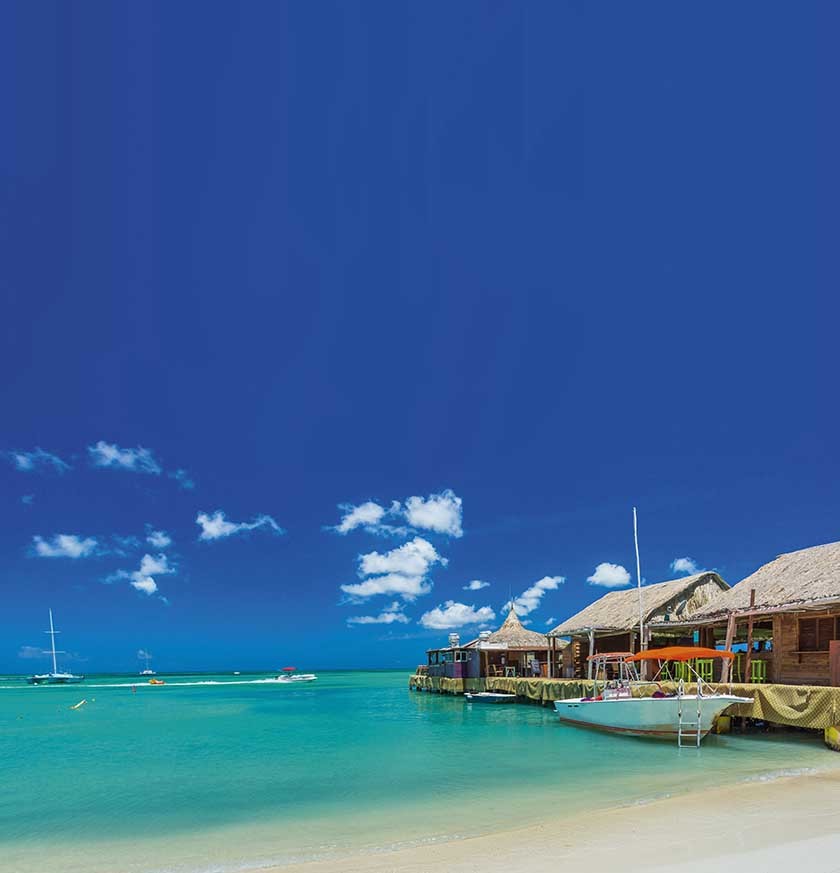
Where to eat
CocoPlum, Oranjestad, is a relaxed spot that serves Dutch-
Aruban lunch under a thatched roof. 00 297 583 1176
Madame Janette’s, Noord, serves Caribbean dishes under
the stars, close to Eagle Beach. madamejanette.info
Where to stay
Aruba Surfside Marina, Oranjestad, is an intimate hotel with
ocean views. Doubles from £85. arubasurfsidemarina.com
OceanZ Boutique Hotel, Malmok, is a luxury option close to Arashi Beach. Doubles from £218. oceanzaruba.com
How to get there
Delta Airlines has flights from London Heathrow to Aruba Oranjestad via New York from £552 return. delta.com
Legend has it that this Tunisian island was the land of the lotus-eaters in Homer’s Odyssey, from which Odysseus had to rescue his crew after they became enchanted by the mysterious plant and forgot about their quest to travel home. There is undoubtedly something beguiling about it to this day. Its 514sq km are attached to mainland Tunisia by a slender Roman causeway, yet it feels like another world.
Famously tolerant, the island is a melting pot of religions and cultures. It’s as common to see Berber women sipping sweet mint tea as men smoking shisha pipes in the cafés of the capital Houmt El Souk, which is still uncommon in many Muslim communities. Yellow taxis queue outside the island’s 300 mosques, but you’ll also find hordes of Jewish pilgrims journeying to the oldest synagogue in Africa. Anyone can visit El Ghriba to enjoy its sky blue arches and colourful tiles. Embrace the island’s multiculturalism by also visiting medieval mosques Fadloun and Ben Maaguel, comparing their minarets and curvaceous towers.
Stroll the narrow streets of Er Riadh village and you’ll glimpse shady courtyards through painted doors, while Houmt El Souk’s 15th-century buildings are climbed by vivid bougainvillea. The covered market is a vast arrangement of stalls laden high with leather goods, spices and jewellery, although you’ll need to sharpen your haggling skills before you go – aim to knock up to 90 per cent off the initial asking price. It’s all part of the game.
The Gulf of Gabes is a rich hunting ground for local fishermen who land silver dorade, sea bass and merou grouper, before taking them to the Office Nationale de Peche fish market in Houmt El Souk. While away a morning watching the raucous auctions, which are overseen by fez-wearing fish criers seated on thrones, before wandering down to the port. Pyramids of rotund pottery jars marked with numbers are a clue to the island’s favourite dish. Locals have been catching octopus with them since Carthaginian times, before transforming it into a hearty stew with harissa, tomato, caraway seeds and squash. Head to Borj Jilij, a golden, sandy beach, to see another unique fishing tradition in action. The shallow waters cover meadows of Cymodocea seagrass, that are home to more than a hundred species of fish. Locals plant arrow-shaped fences made from palms in the shallows, which channel their prey into home-made traps. Whizzed up for shorba, they make a rich, tomato-coloured soup thickened with barley and a hint of saffron. Subtropical crops grow well in the sunshine and a drive through the countryside will reveal ancient olive groves, prickly pear orchards and forests of date palms. There’s something for everyone.

Where to eat
Ristorante Haroun, Houmt El Souk, serves freshly caught local seafood on
a terrace that overlooks Le Port de Plaisance. It hosts occasional folklore and
live music evenings. 00 21 675 650 488
Le Petit Marin, Sidi Jmour, is located on a deserted beach and is a fantastic spot for a long lunch or sunset dinner. You’ll enjoy barbecued seafood and equally delicious views. 00 21 620 575 759
Where to stay
Hotel Dar Dhiafa, Erriadh, is a cosy and authentic hotel, with a courtyard pool and a restaurant serving Mediterranean and Tunisian specialities. Doubles from £61. 00 21 675 671 166
Les Jardins de Toumana, Triffa, offers traditional, whitewashed apartments simply, but stylishly decorated with a communal pool and an inviting beach within easy striking distance. Apartments from £46. 00 21 675 759 992
How to get there
TunisAir has flights from Heathrow to Djerba via Tunis Carthage from £303 return. tunisair.com
The smallest and least well known of the Canary Islands, La Gomera rises from the Atlantic surf like a primeval mountain next to Tenerife. Despite the fact it is only 20km from north to south, it soars 5,000ft and has several microclimates due to its extraordinary landscape. The craggy north is buffeted by trade winds and moistened with clouds that cloak the Garajonay National Park in mist. Due to warm breezes from Africa, the south is sunnier. Volcanic mountains covered in succulents plunge to gold and black sand beaches, while whitewashed hamlets gather in the ravines like snow.
The local language, silbo, is a result of this epic landscape. Locals replace certain syllables with whistling sounds, which carry up to 3km. It is still taught in schools and you’ll hear it echo across the valleys and ravines in the island’s wild interior. Hotel Jardin Tecina hosts regular demonstrations. jardin-tecina.com
The runway of La Gomera Airport is too short for international planes, which limits mass tourism and the island basks in a sleepy, nostalgic air. Indeed running water and electricity only arrived in 1976. Visit the highland village of El Cercado to see traditional stone houses with red roofs built in terraces on a steep slope. The village is renowned for its female potters (known as loceras) who typically work outside using ancient techniques. Pick up a souvenir or two, then head to the Centro Museo de Interpretación Las Loceras in the village square to learn more about the craft.
The rugged landscape also makes itself known in the food scene. Goats and rabbit are well suited to the rocky terrain, and you’ll often find their meat in chunky stews or smothered in salmorejo (tomato) sauce. Potatoes were introduced from South America almost 400 years ago and they are still grown on almost vertical terraces. The most highly prized are the papa negra, a small, sweet variety that is typically boiled in very salty water until wrinkly and served with a peppery dip called rojo. Miel de Palma (palm honey) is unique to the island. It is produced by pushing a bamboo tube into the fleshy point at the top of a Gomeran date palm and allowing the sap to drain. Sadly, this is a dying art and there are only a handful of producers left. Luckily you can still find it in many supermarkets on the island.
One of La Gomera’s many simple pleasures is hiking, and there are myriad trails crisscrossing the island. Strike out from the capital San Sebastián de la Gomera (Columbus’ last stop before America), explore the trail from Imada to Garajonay, which has wonderful views, or delve into the unmissable Garajonay National Park, home to 450 species of flora.
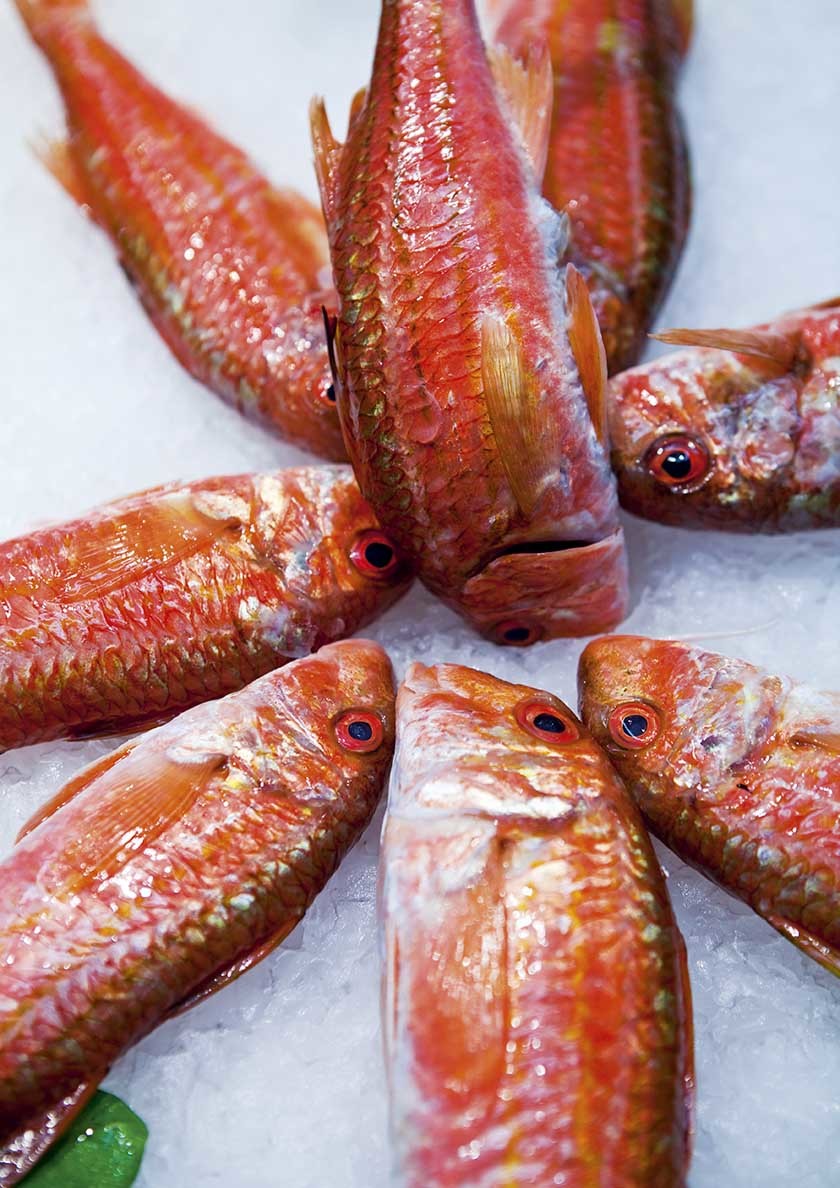
Where to eat
Esperanto la Gomera, Vueltas, serves tapas with local wine made from rare
Forestara grapes which thrive on the volcanic soil. 00 34 922 806 046
La Montaña-Casa Efigenia, Las Hayas, offers very traditional plates in a rustic guesthouse with an open fire. 00 34 922 804 077
Where to stay
Hotel Rural Casa Los Herrera, Hermigua, is a 19th century mansion,
with a rooftop pool. Doubles from £71. casalosherrera.com
Parador de La Gomera, sits above the town of San Sebastián de La Gomera, offering top views from the garden. Doubles from £139. parador.es
How to get there
Iberia iberia.com has flights from London Heathrow to Tenerife-North via Madrid from £197. Either take a regular boat to La Gomera from Tenerife, or fly with Canaryfly from Tenerife to La Gomera from £39. canaryfly.es
The second largest in the Hawaiian archipelago, Maui is a technicoloured dream. Warm breezes blow through alleys of palm trees that lead to sandy beaches, while a little way off shore the creamy shadows of coral reefs glint below the water. The lush centre of the island is the result of combined lava flows from two extinct volcanoes, Haleakala and the West Maui mountains, which stand like sentinels at either end.
Watching the sunrise over Haleakala Crater at Haleakala National Park is staggering. This crater has a circumference of 19sq m and has long been held sacred. In Polynesian folklore, this was the spot where the demigod Maui lassoed the sun, ensuring it moved slowly across the sky and bathed the island in sunshine every day. Several endemic species live here including shrubs pukiawe, mamane and ohelo, as well as Nene geese.
When Captain Cook arrived in 1778, Maui was self-sufficient.
However, when tourism took over as the backbone of the
economy in the Seventies, imported food became the norm.
Now, this is starting to change. In recent years farming has had a
real resurgence, particularly on the fertile east coast. Pineapples,
macadamia, papayas, strawberries and bananas all flourish in
the year-round mild temperatures. Try them at the farmer’s
markets at Lipoa Street (Saturdays) and Maui Nui (Thursday –
Sunday). The last sugar cane plantation closed in 2016, and the
government is debating what crop to introduce instead. However,
coffee beans still flourish in the cool, damp uplands. Notice their smoky taste on a bean-to-cup tour of O’o Farm.oofarm.com
Maui is a genuine melting pot of cultures. The ancient Polynesians arrived 1,000 years ago and their legacy can be heard in the Hawaiian language, which is the joint official one alongside English. Cooking techniques such as the use of imus (underground ovens) also come from Polynesia. The first Japanese immigrants arrived in the 1880s as contract workers on the sugar plantations and they are still a major ethnic group, who have an enormous influence on the island’s food scene.

Where to eat
Old Lahaina Luau, Lahaina, has an imu on the beach, so enjoy tender baked pork while watching Polynesian cultural shows. oldlahainaluau.com Kobe, Lahaina, is a Japanese-Hawaiian restaurant that serves delicious sushi made from exclusively Hawaiian seafood. kobemaui.com
Where to stay
Hotel Wailea, Wailea, has eco lodges scattered across extensive gardens, each with ocean views. Doubles from £430. hotelwailea.com The Old Wailuku Inn is a B&B that offers a homely stay in the historic setting of Wailuku Town. Doubles from £131. mauiinn.com
How to get there
Qatar Airways has regular flights from London Heathrow to Luzon Clark International via Doha from £448 return. qatarairways.com
The second largest island on our list after Sulawesi, Luzon is the most diverse. It is slightly bigger than Ireland and home to machete-bearing mountain tribes, colonial towns like Vigan where sun shines through windows made of capiz shells and sprawling cities whose streets hum with the noise of yellow jitneys. The sound of bells and scent of incense escaping from Catholic churches tells the story of 400 years of Spanish rule which ended in 1898, but in some ways the island’s 50 years under American stewardship have had an equally powerful effect. American English is the official language alongside Filipino while Manila’s Malate district could give Las Vegas a run for its money when it comes to neon signage.
Ancient tectonic shifts have created a wonderland of soaring mountains covered by dense jungle – explore it with Wen! Travel and Tours wentravelandtours.tripod.com – and white sand beaches such as Pagudpud where you can learn to surf in the Blue Lagoon. kapuluanvistaresortandrestaurant.com
The island’s interior is a tapestry of fertile plains that has won it the nickname ‘the rice basket of the Philippines’. Palay (rice) and coconut are the dominant crops and they’re also the basis of the food scene. Central Luzon is at the centre of historic trade routes and it’s here that Spain’s influence is tangible. One example is bringhe, a celebratory dish that is reminiscent of paella but cooked in coconut milk. People from Bicol, on the southern tip of the island, use vast chili in cooking, while Southern Tagalog is home to rivers, so freshwater fish is a staple.
Once you’ve had your fill of Manila’s idiosyncratic street foods (try barbecued chicken innards dipped in vinegar), turn your face to the north. The Cordillera Mountains are still home to more than 20 tribes living in isolation. Many make their living on the Banaue rice terraces, which were carved out of the rock by hand 2,000 years ago. All have fascinating cultures. The limbs of be Butbut women of Buscalan are snaked with elaborate tattoos which signify beauty, while the residents of Sagada (which can be reached by bus from Baguio) hang their dead in coffins from the side of the mountain so they are closer to heaven. Meals from the north typically incorporate offal, reflecting the harsher lifestyle of this remote area where people can’t afford to waste anything. Look out for dinakdakan (sautéed pork ear and brain) and igado (pork and liver stew cooked in soy and vinegar).
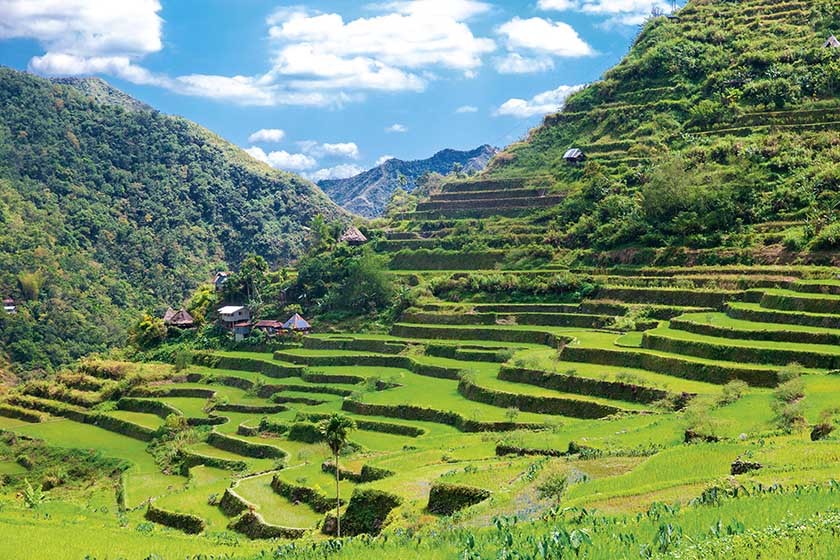
Where to eat
Café Ysabel, Manila, serves well-priced Filipino dishes in a traditional mansion built in the 1920s. cafeysabel.com Lilong and Lilang, Barangay Bulala, boasts a fabulous location in a tropical garden. Discover Ilocano cooking at its best. hiddengardenvigan.com
Where to stay
Uyami’s Green View Lodge, Banaue, is a great value option with views over the rice terraces. Doubles from £13. ugreenview.wordpress.com Ciudad Fernandina Hotel, Vigan, is a luxury hideaway in a whitewashed townhouse in Vigan. Doubles from £47. ciudadfernandinavigan.com.ph
How to get there
Qatar Airways has flights from London Heathrow to Luzon Clark International via Doha from £448 return. qatarairways.com
Subscribe and view full print editions online... Subscribe